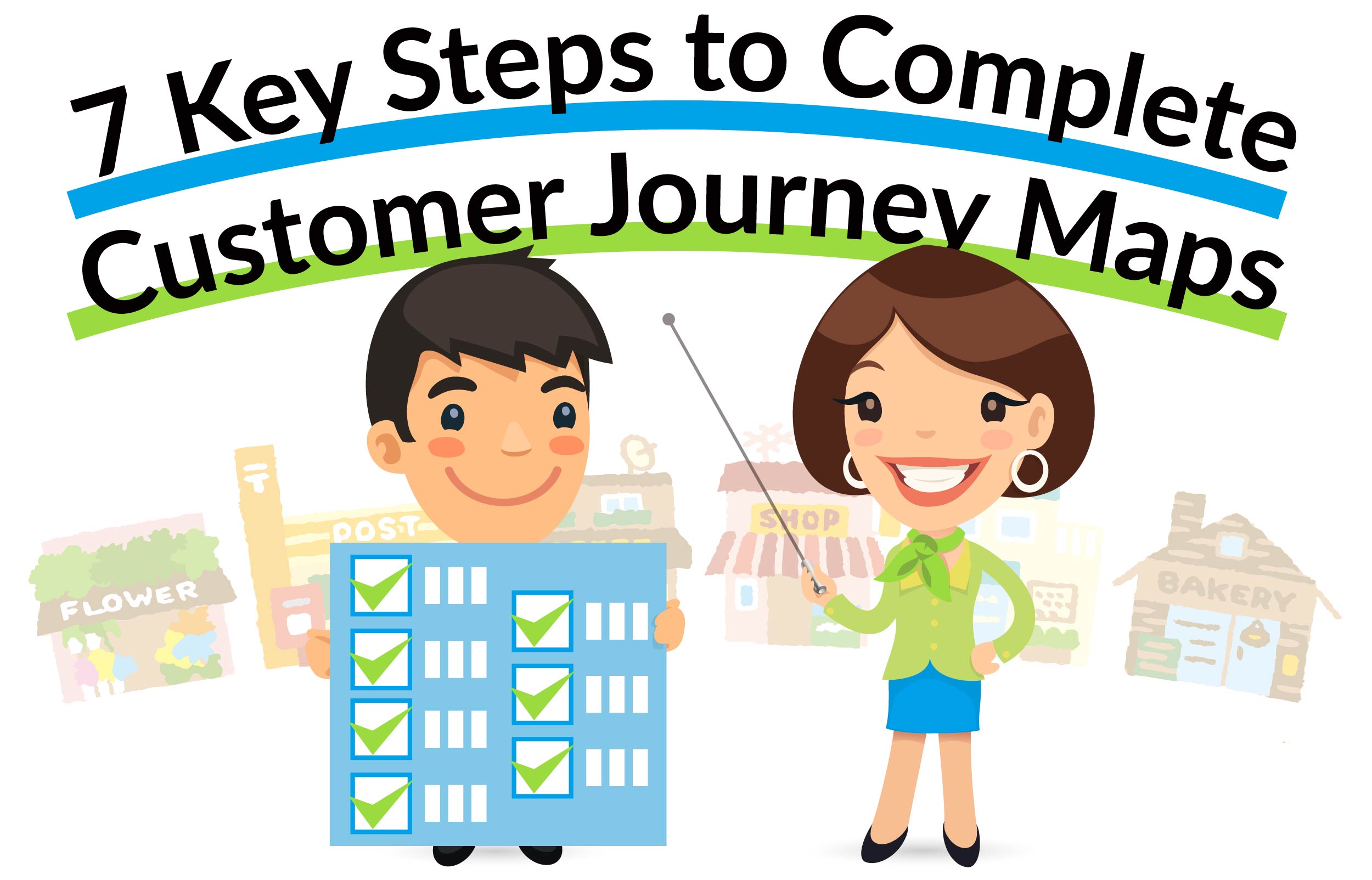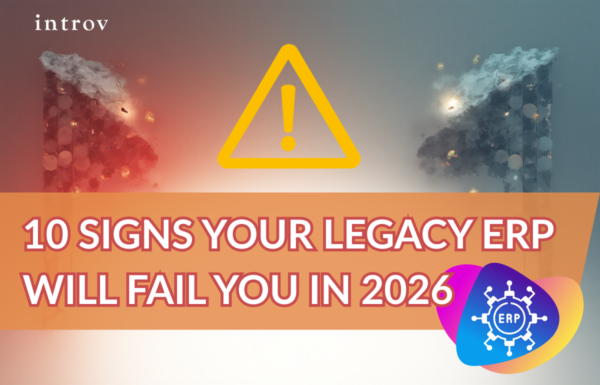So we’ve talked about what is customer journey and the significance of mapping customer journey in our previous insight “Beginners’ Guide To Customer Journey Mapping”. Now, let’s look into how to create and design a comprehensive customer journey map.
How to map?
To create a useful map, every point where your customers interact with your business has to be covered, from packaging and manuals to events and Facebook posts. While this journey timeline could be represented in all shapes and formats, it contains the information about all channels that a user uses to interact with your business. A possible way to start with is to start your research from your current customers:
1. Refocus your customers with inbound perspectives
We often tend to use outbound marketing in order to reach more possible customers, while an inbound tactic can actually have your customers discover you. It is true that outbound marketing may help you to reach new audiences, but it also involves a group that are poorly targeted and are uninterested in your products.
Besides, outbound marketing is more costly and inefficient compared with inbound marketing as targeting could easily be poorly done due to ever-changing demands and market situations. Comparatively, inbound marketing is the approach of creating interesting content that is useful and that your customers are already searching for. This can grab their attention first, and could be converted to sales later.
By mapping out the customer journey, you can understand what interests/helps your audience and what makes them turn away. Hence, you can accordingly create appealing content for your audiences, attract them to your business and keep them there.
2. Create a new target base
If the customer journey is not properly understood, you may not completely know the full picture of demographics and psychographics of your audience. This would result in wasting money and time targeting a group of audience too broadly than the group who are actually interested in your products or services.
Therefore, researching stage is very important. Knowing the needs and pain points of your audience will give you a good full picture of who can achieve a goal with your business. Hence, your specific group is filtered out and more effort could be put on them.
3. Set clear objectives for the map
Before diving into your map creation, you need to ask yourself some questions:
- Why are you making this map?
- What are you aiming for with this map?
- Who is it specifically about?
- What experience is it based on?
Based on these questions, you may want to create a buyer persona. And the demographics and psychographics would represent your business’ average customer. Having a clear persona can help a lot to remind you every aspect of your customer journey map so that you can have a clearer direction of fulfilling customers’ demands along their buying journey.
4. Profile your personas and define their goals
You would probably have to create more than one personas with different goals to have more precision on demographics and psychographics targeting. And while creating your fictitious personas, you would also want to collect feedback from customers who have interacted with your company before or plan to do so. You may ask questions like:
- How did you know our company?
- What aspects/advertisement grabs your attention to our brand?
- What products are you interested in?
- What problems do you want to solve?
- Have you ever made a purchase with us? If yes, what was the reason behind the decision?
- On a scale of 1 to 10, how easy is it for you to browse our website?
- Have you ever required customer support? If so, how helpful was it? (Rate from 1 to 10)
- Is there any way we can further assist you in order to make the process smoother?
5. List out all the touchpoints
From paid ads, website to different social media platforms, there are different touchpoints that you interact with your customers. For example, which sections on your website are most visited, how long did they navigate on your website, from which point did they leave your site, etc. And through observing from these areas, you can slowly put yourself in your customers’ shoes and know what problems they are encountering. These touch points do not limit to your website only, but all other channels too.
On top of that, you can also do a quick search on Google to see how your brand is being discussed on the web. Moreover, to check more precise analysis of your audience through Google Analytics.
6. Consider the customers’ emotional state at EVERY step of interaction
How we design our products and how we market them need to mirror the state of mind with our audience. This will help us connect our users on a human level but not only with quantitative data, which will help us visualise the real needs of our customers. Hence, to know which part to refine.
7. Take the customer journey yourself
Having the journey map designed doesn’t mean it is done. Analyzing the whole journey process is vital. As you have collected a lot of data from the above steps, analysing them can let you know which needs of customers are unmet. With this approach, you can ensure your company can provide possible solutions for your customers to solve their problems.
And of course, without trying it out yourself, the whole customer journey mapping process remains hypothetical. Follow the journey of each of your personas: Read their emails, social media contents, through searching online, etc. And you would understand your customers thoroughly and get the answers of what they want.
It’s your turn now.
A journey map is a widely shared artefact. There are different ways to craft it depending on your objectives, brand image, target audience and depth of data you acquired.
Both demographics and psychographics are very important elements in a customer journey. And what you are doing now is finding a shared vision with your audience, so that they can complete goals together with your company while having their problems solved by your products/services.









